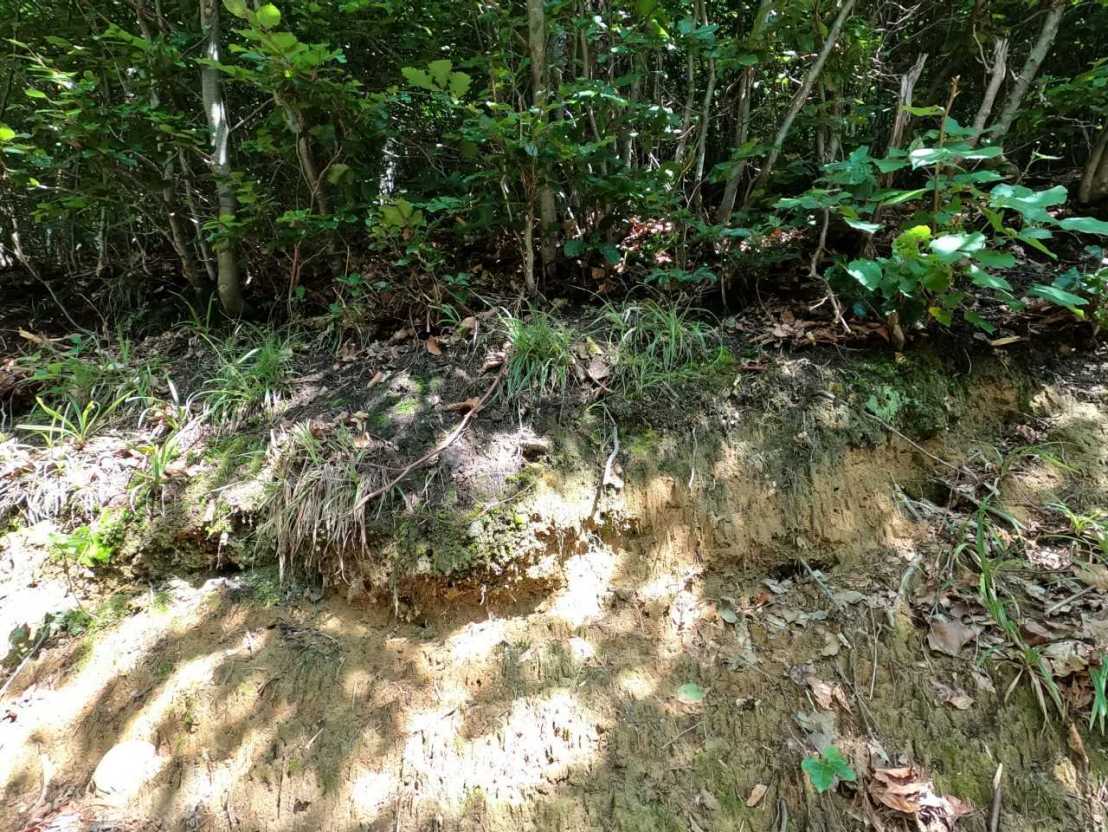Structural uncertainty in belowground processes of models of forest dynamics

Knowledge about future forest biomass production and soil carbon stocks over long timescales is imperative for a sustainable bioeconomy. This is contingent on reliable forecasts based on models of forest dynamics (e.g., ForClim), which however often show highly variable projections linked to different model structure and assumptions. Belowground carbon and nutrient dynamics are particularly uncertain, due to the scarcity of data as well as the complexity of the processes involved. Particularly, current models under-represent or over-simplify processes such as rhizosphere soil organic matter decomposition (priming) and rock weathering that contributes to available N and P, as well as soil organic carbon stabilization by soil minerals. As these processes can be formulated in multiple ways, it constitutes structural uncertainty of our model projections, a heavily under-studied aspect in models of forest dynamics.
The goals of this project are to (1) develop submodel representing belowground dynamics in the existing forest model ForClim, (2) quantify and constrain the structural uncertainty arisen from alternative formulations of the belowground model (3) use the resulting model(s) to better understand carbon and nutrient dynamics under climate change and alternative management scenarios.
First, we will review existing belowground models or equations and couple it to ForClim. We will focus on processes related to litter production, root allocation and turnover (the above- and below-ground model interface), as well as rhizospheric priming and weathering. As a first step, the bulk of the belowground processes will be adapted from one widely-used soil model – the Century model. This newly coupled model will be tested along elevational and soil nutrient gradients, which allows us to understand the model shortcomings to be targeted before it can be used to make a wide range of robust projections.
Second, we will develop belowground model variants covering a range of ecological assumptions and complexity i.e., different than the parent model used in part 1. We will evaluate the resulting projections via pattern-oriented modeling, which makes use of multiple levels of “patterns” of interest found in observed data (e.g., variation of SOC stocks at the stand and regional scale), in order to select models of suitable complexity that reproduce these patterns. The full range of structural uncertainty will be discussed - what constitutes the worst and fittest model? Other key questions are: 1) What ensemble of model variants are the best for the range of intended model applications? 2) Do the best model variants have a common structure? 3) Are there still identifiable model shortcomings not covered by the existing variants?
Third, we will use selected model variants originated from Chapter 2 to make predictions about the future fate of Swiss forests of interest (possible additional European sites). Representative managed sites across wide gradients of climate and soil types will be selected. Multiple climate change and management scenarios will be set up to explore the three-way interaction between soil condition, climate change and management. Key questions are: 1) what management gives better economic (timber production) and climate (C storage) outcomes? 2) Does the best management strategy change according to different future climate and site conditions?
Funding
This project is funded by the Swiss National Science Foundation, Division II, under the project: “Embracing structural uncertainty in models of forest dynamics”
Status of the project
This project runs from 2021 until 2024.
Contact
Please contact Chun Chung Yeung (Richard) at for more information.
Harald Bugmann and Díaz Yáñez, Olalla supervise this project.
